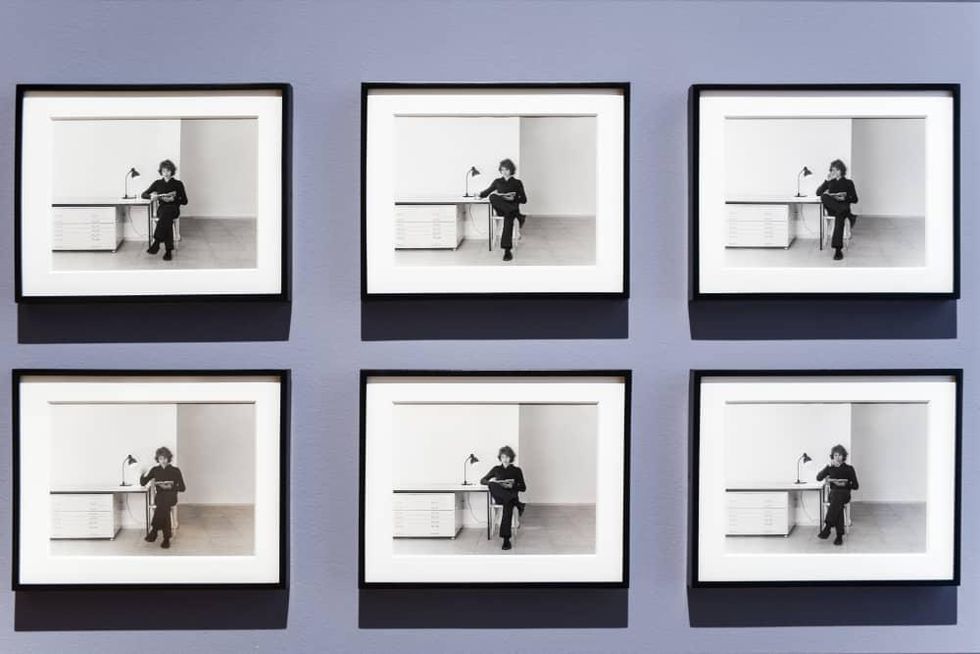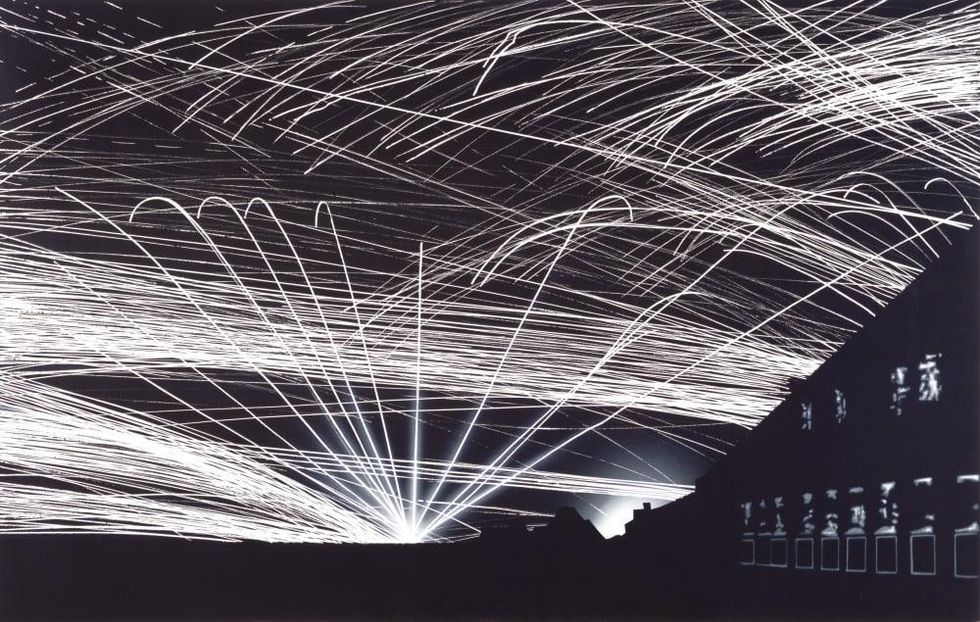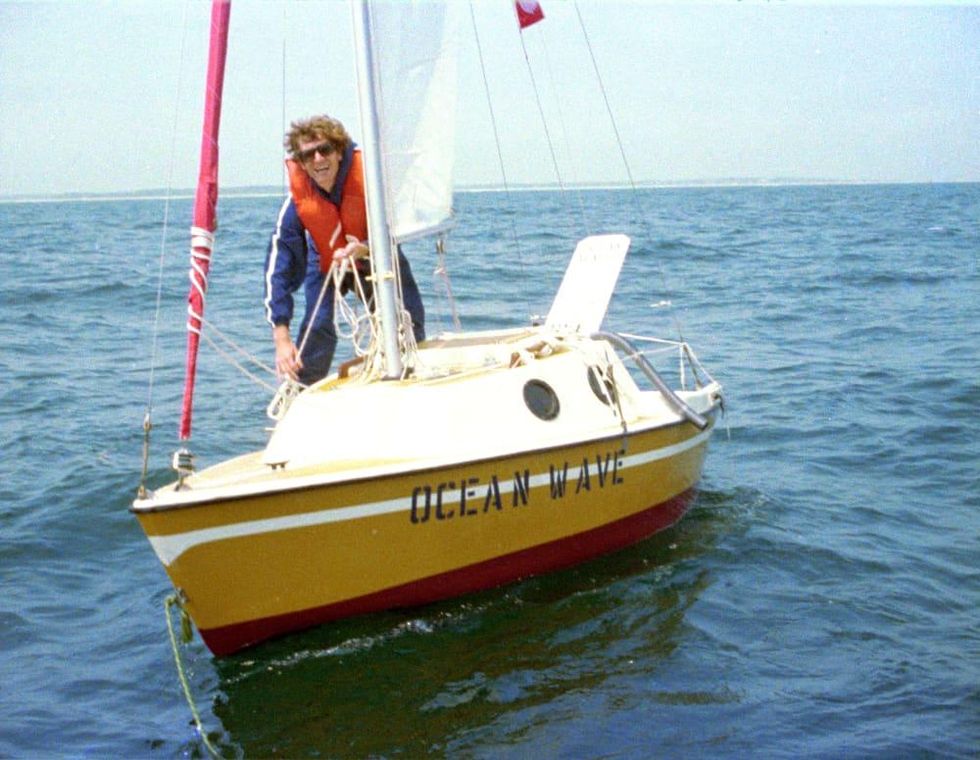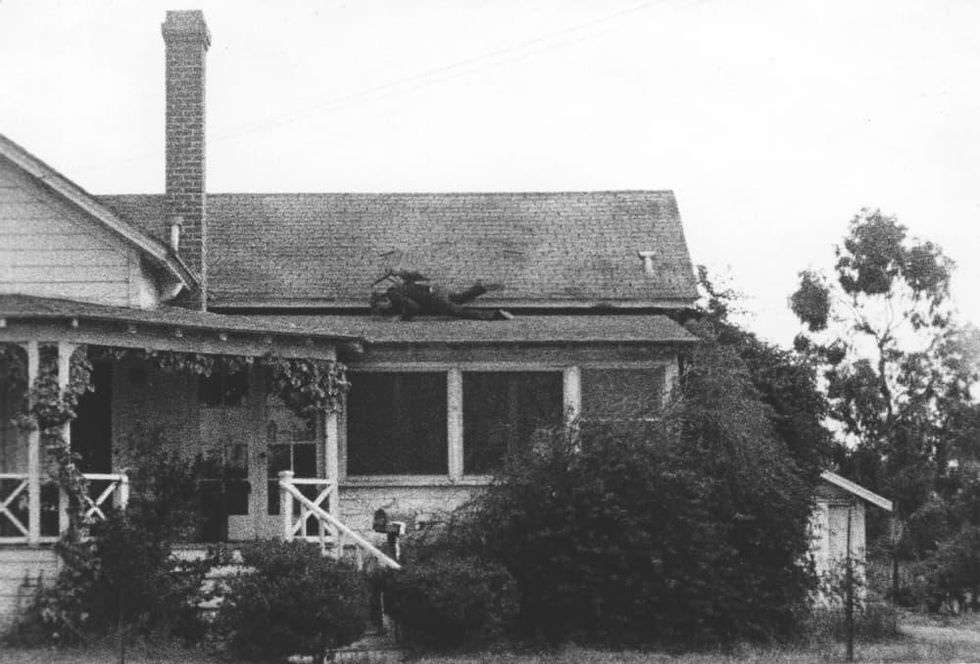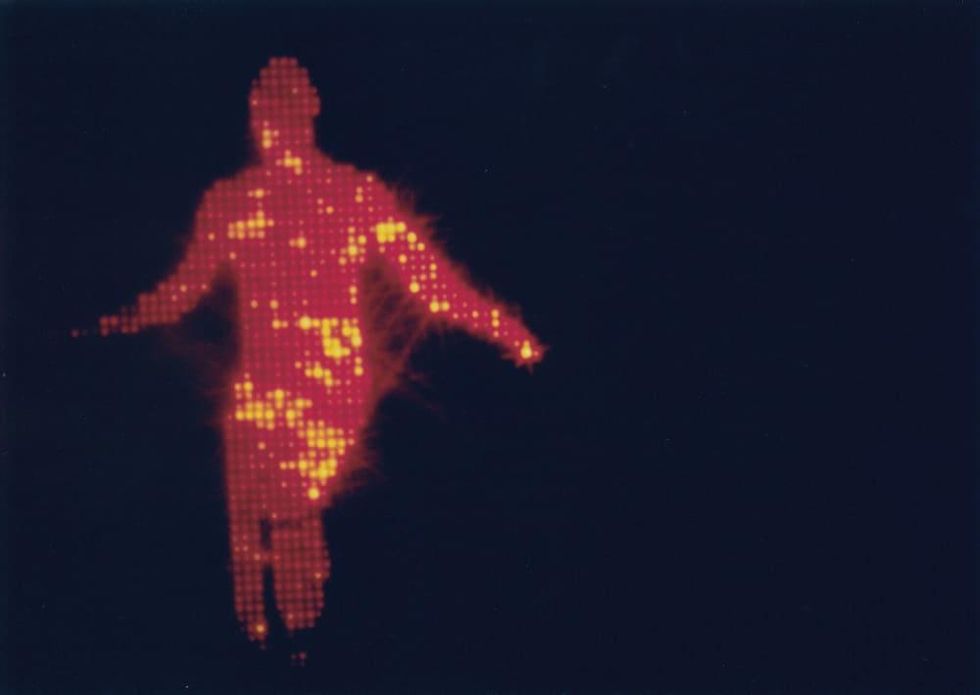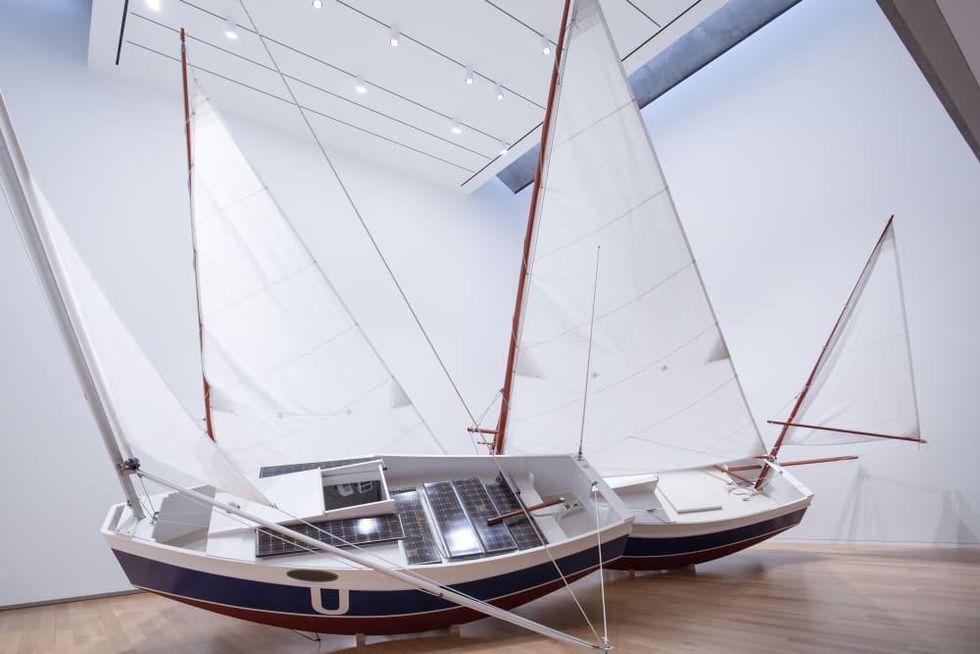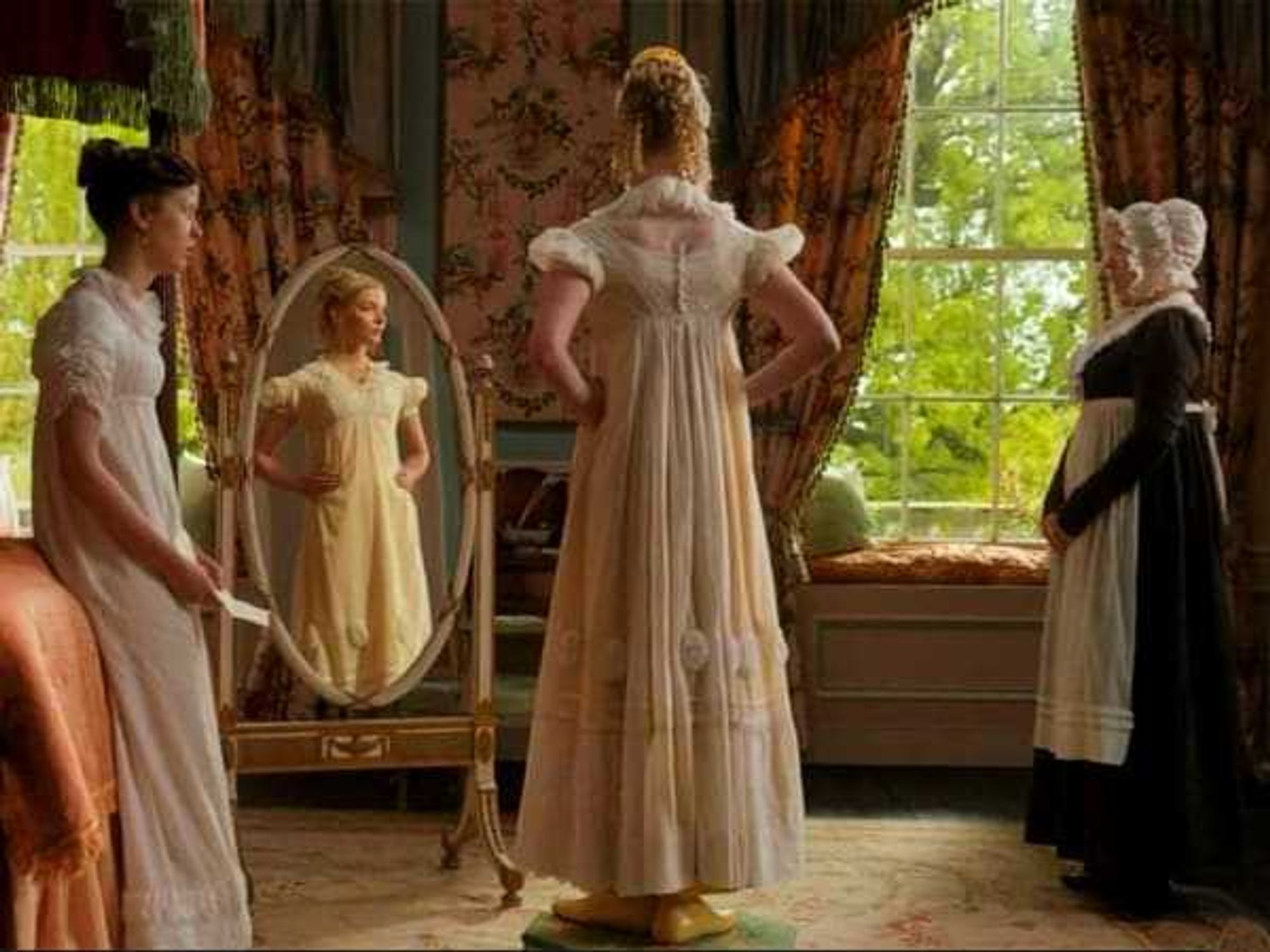Radical Acceptance
Modern Art Museum of Fort Worth transports crowds to '70s California
Whether you were around to witness it or not, the 1970s were a strange time in American history. A cultural hangover after the high-flying and altruistic '60s, the early part of the decade coincided with the pressure cooker of the Vietnam War along with the ascendency of feminist protest.
For a white male artist, the times were rife with anxiety that was expressed in the most extreme fashion — at least where the work of Bas Jan Ader, Chris Burden, and Jack Goldstein were concerned. This trio of talents is the focus of the Modern Art Museum of Fort Worth's newest exhibition "Disappearing—California, c. 1970."
Curated by the Swiss-born, LA-based art historian Philipp Kaiser, the show builds on the Modern's long history of exploring West Coast art (including such starry names as Doug Aitken, Robert Bechtle, Richard Diebenkorn, and Ed Ruscha).
In the works for nearly two years, "Disappearing" is filled with ephemera and artifacts from Burden and Goldstein, along with Ader's 16mm films, and larger installations. Although the title inadvertently refers to the fact that all three artists "disappeared" in their own ways — Ader vanished at sea in the midst of a performative art piece, Goldstein committed suicide in 2003, and Burden died of cancer in 2015 — it also references California's status as a place where people go to reinvent themselves on the edge of America.
A former curator of L.A.'s Museum of Contemporary Art, Kaiser had already mounted a 2012 retrospective of Goldstein's work at the Orange County Museum of Art when Modern curator Andrea Karnes approached him about creating a show for the Fort Worth institution.
"She invited me as a guest, and gave me carte blanche (on the topic)," recalls Kaiser. "(The Modern) has always done shows about California, and I've lived in LA for 13 years, so it felt right to do a show about it. Because I'd worked on a large group show with Chris Burden and done the Goldstein show, I started to understand disappearance is a theme in Southern California art, and it's much more powerful that all of the three artists knew each other. They were like one generation and the most articulate and most obsessed with the theme, and it runs like a thread through their entire work."
Radical in their theatricality, the trio were some of the youngest students to come out of the art schools that were new in the state at the time. Although "they weren't big shots and there wasn't a big market" for the work at the time, according to Kaiser, their points of view set them apart from both their contemporaries and what was happening on the East Coast.
"Conceptual artists on the East Coast were obsessed with language-based art," says Kaiser. "They were interested in systems and permutations in linguistic propositions. It was a completely different attitude (to California) artists."
And what an attitude! The uber-macho work of Burden included Five Day Locker Piece, where he padlocked himself inside a university locker for a working week with only a bottle of water in the space above him and a tube leading to an empty bottle below.
While still a student, Goldstein staged his Houdini-esque The Burial, sequestered underground with only a flashing light to mark the fact that his heart was still beating. Jan Ader was only a little less self-punishing with filmic works featuring him tumbling from roofs or plunging into canals in a Buster Keaton-style slapstick.
Though each man's work evokes death and its inescapability, what comes through in exploring "Disappearing" is a vital declaration against the growing horrors of modern life. Burden, Goldstein, and Ader are doing nothing less than raging against the dying of the light; their works can feel surprisingly contemporary in the context of the protesting times in which we live.
Because "Disappearing" offers a lot to unpack for even the most analytical of viewers, the museum has made a reading room available at the end of the exhibition to further delve into the artists' intentions and themes.
Regardless of how one examines the show, Kaiser feels the exhibition is an important historical document of a very fractious time in American history.
"You don't want to project from their real life into their work, but it's interesting that it was a self-fulfilling prophecy," the curator says. "They became mythologized for their life, and I'm trying to contextualize that and have 'Disappearing' be a very straightforward and historically accurate tale of what happened in California in the '70s."
---
"Disappearing—California, c. 1970: Bas Jan Ader, Chris Burden, Jack Goldstein" runs through August 11, 2019, at the Modern Art Museum of Fort Worth.
Bas Jan Ader, The boy who fell over Niagara Falls, 1972. Video, sound recording, and black and white photographs.
